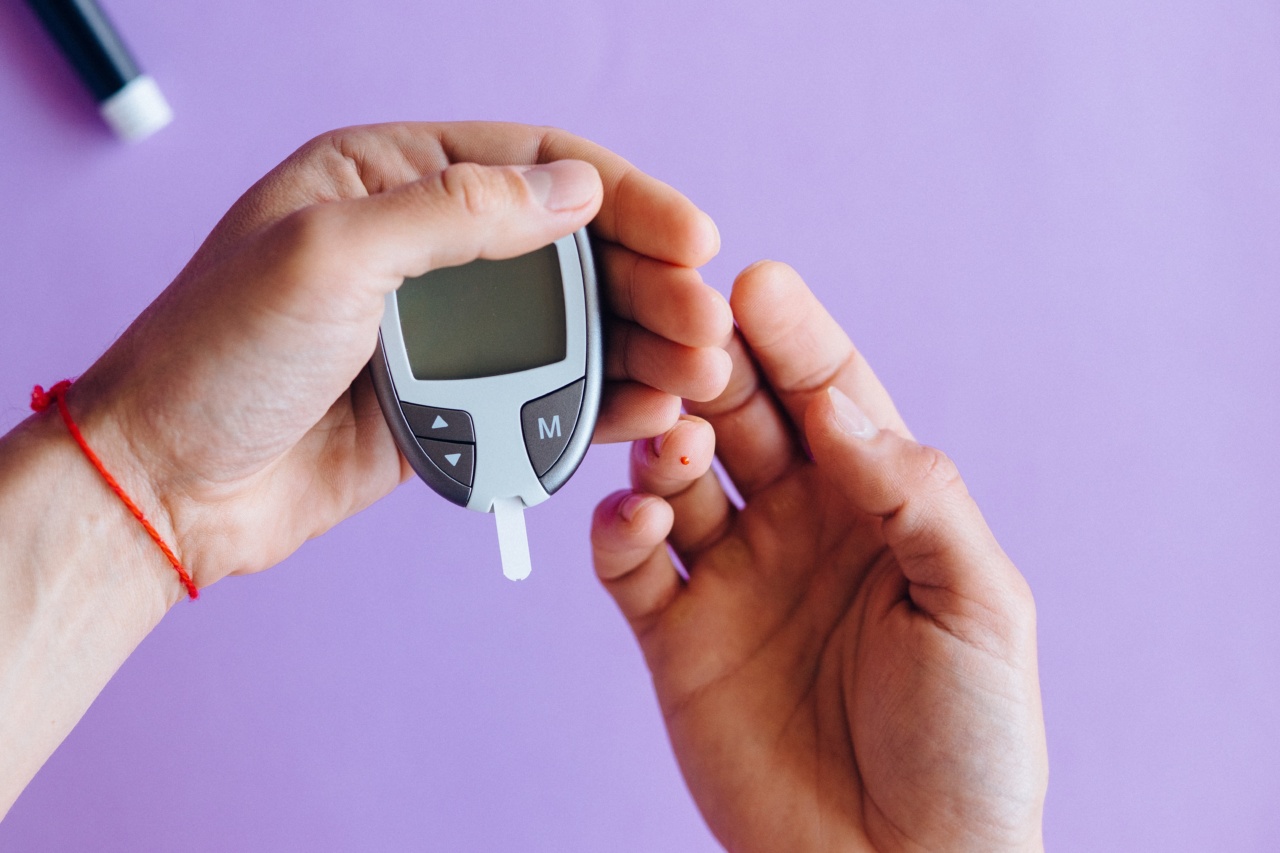High blood pressure is a common problem for people with diabetes. In fact, it’s estimated that around 50% of people with diabetes also have high blood pressure.
Both conditions can increase the risk of developing serious health problems, such as heart disease and stroke.
What is Blood Pressure?
Blood pressure is the force of blood pushing against the walls of your arteries as your heart pumps blood around your body.
Blood pressure is measured in millimeters of mercury (mmHg) and recorded as two numbers: systolic pressure and diastolic pressure. Systolic pressure is the top number, and it measures the force of blood when your heart beats. Diastolic pressure is the bottom number, and it measures the force of blood when your heart rests between beats.
What is High Blood Pressure?
High blood pressure (hypertension) is when your blood pressure is consistently higher than normal. Normal blood pressure is around 120/80 mmHg.
High blood pressure is defined as a systolic pressure of 140 mmHg or higher, or a diastolic pressure of 90 mmHg or higher. If your blood pressure is consistently high, it can damage your arteries, which can lead to serious health problems, such as heart disease, stroke, and kidney disease.
What is Diabetes?
Diabetes is a condition where your body cannot properly regulate blood sugar levels. There are two main types of diabetes: type 1 diabetes and type 2 diabetes.
Type 1 diabetes is an autoimmune disease where the body attacks the cells in the pancreas that produce insulin. Insulin is a hormone that regulates blood sugar levels. Type 1 diabetes is usually diagnosed in childhood or adolescence.
Type 2 diabetes is a condition where the body becomes resistant to insulin, and the pancreas cannot produce enough insulin to keep blood sugar levels within a normal range. Type 2 diabetes is usually diagnosed in adulthood, but it’s becoming more common in children and adolescents.
Why is High Blood Pressure a Problem for People with Diabetes?
High blood pressure is a common problem for people with diabetes because the two conditions share many risk factors. If you have diabetes, you’re more likely to have high blood pressure if you:.
- Are overweight or obese
- Have a family history of high blood pressure
- Are over the age of 60
- Smoke cigarettes
- Have high cholesterol
- Don’t get enough physical activity
If you have both diabetes and high blood pressure, you’re more likely to develop serious health problems, such as heart disease, stroke, and kidney disease, than if you had only one of these conditions.
That’s why it’s important to manage your blood pressure if you have diabetes.
Tips for Managing Blood Pressure for People with Diabetes
If you have diabetes and high blood pressure, there are several things you can do to manage your blood pressure and reduce your risk of developing serious health problems.
1. Control your Blood Sugar Levels
If you have diabetes, it’s important to keep your blood sugar levels within a normal range.
High blood sugar levels can damage your arteries, which can make it harder for your heart to pump blood around your body, and increase your risk of developing high blood pressure.
2. Lose Weight if you’re Overweight or Obese
If you’re overweight or obese, losing weight can help reduce your blood pressure. Losing even a small amount of weight can make a big difference.
3. Reduce your Salt Intake
Eating too much salt can increase your blood pressure. Try to reduce your salt intake by:.
- Avoiding processed foods, which are usually high in salt
- Avoiding adding salt to your food
- Using herbs and spices to add flavor to your food instead of salt
4. Eat a Healthy Diet
Eating a healthy diet can help lower your blood pressure. Try to eat:.
- Plenty of fruits and vegetables
- Whole grains, such as brown rice and whole wheat bread
- Lean protein, such as fish and skinless poultry
- Healthy fats, such as olive oil and nuts
5. Get Regular Physical Activity
Regular physical activity can help lower your blood pressure. Aim for at least 30 minutes of moderate-intensity exercise most days of the week. Examples of moderate-intensity exercise include brisk walking, cycling, and swimming.
6. Quit Smoking
Smoking can increase your blood pressure and damage your arteries. If you smoke, quitting is one of the best things you can do for your health.
7. Take Medications as Prescribed
If lifestyle changes alone are not enough to manage your blood pressure, your doctor may prescribe medications. It’s important to take these medications as prescribed, even if you feel fine.
Conclusion
Managing blood pressure is important for people with diabetes because high blood pressure can increase the risk of developing serious health problems, such as heart disease, stroke, and kidney disease.
If you have both diabetes and high blood pressure, there are several things you can do to manage your blood pressure, such as controlling your blood sugar levels, losing weight if you’re overweight or obese, reducing your salt intake, eating a healthy diet, getting regular physical activity, quitting smoking, and taking medications as prescribed. By managing your blood pressure, you can reduce your risk of developing serious health problems and lead a healthy life.





























